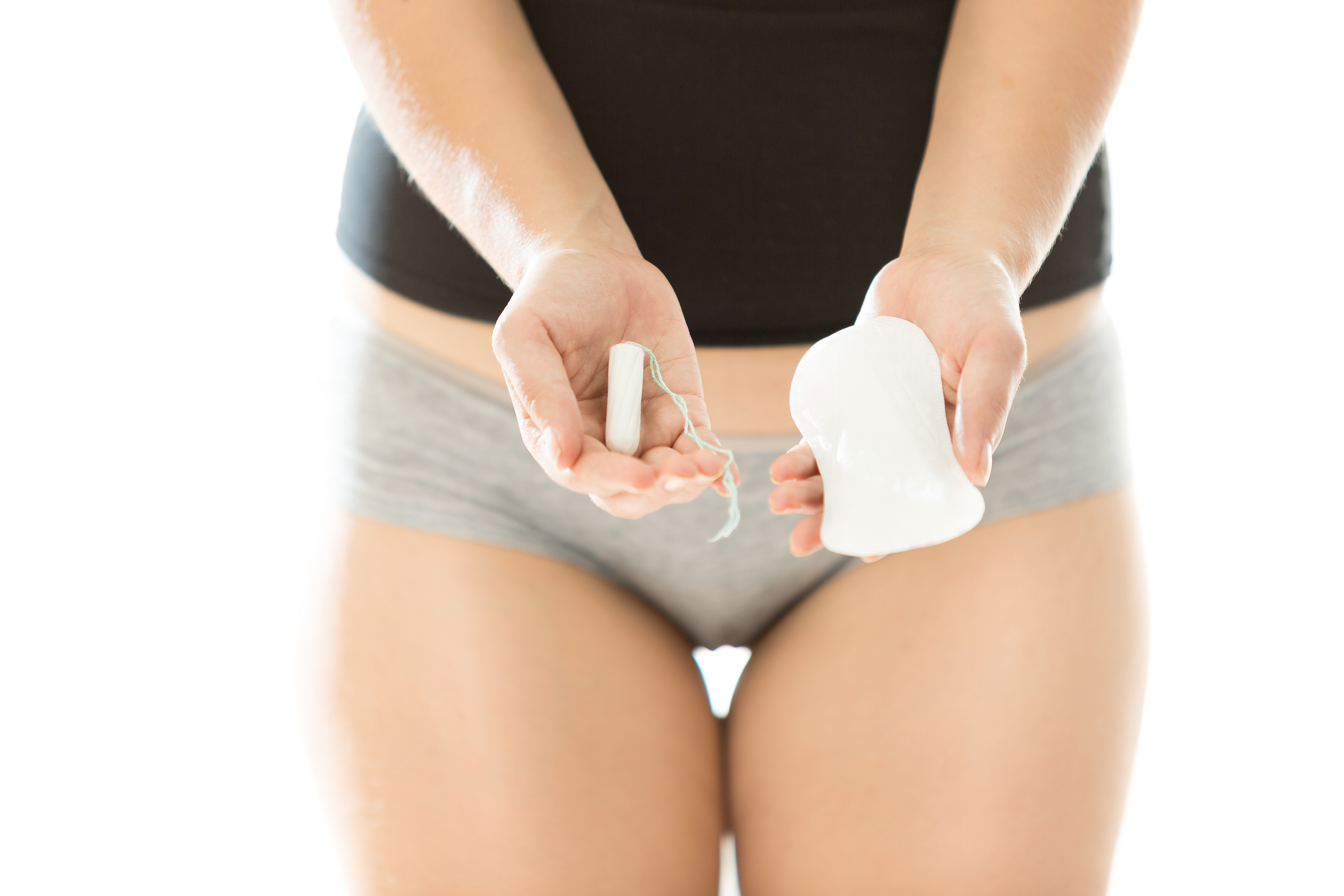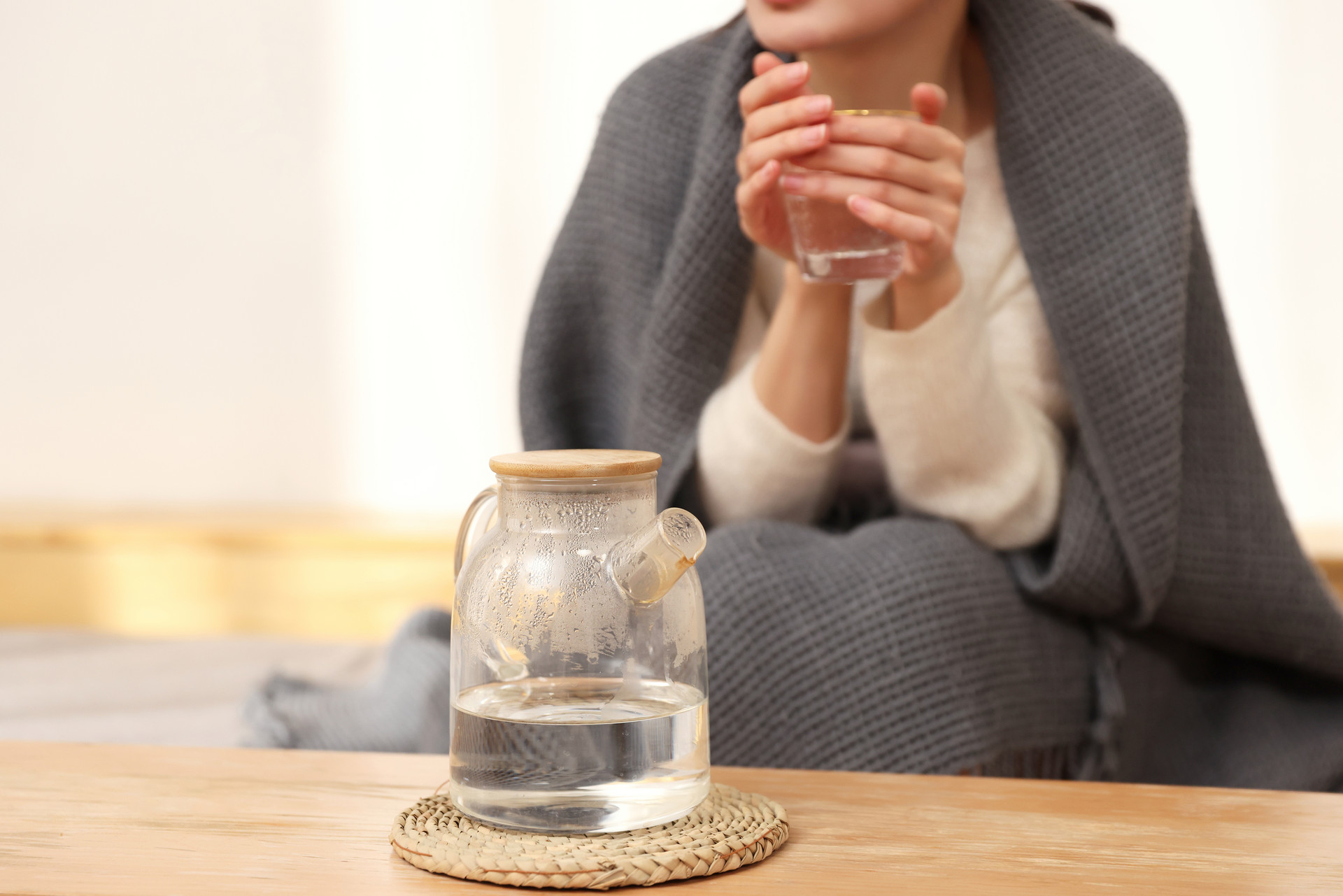Although we have found a cure for breast cancer, there are a few simple steps to reduce your risk of developing breast cancer. It is even better to minimize the risk. Dr. Jane Smith, a breast surgery specialist, explained some risk factors and early detection methods for women. Let's take a look at the healthy breast habits you should develop starting today!
1. Maintain a healthy weight
Being overweight not only increases the chances of being diagnosed with breast cancer, but also the chances of recurrence and death.
However, there is good news for you. Adopting a healthy diet and exercise plan is a shortcut to maintaining your health.
In terms of exercise, simply walking at a brisk pace for 11 minutes a day can reduce your chances of developing breast cancer by 20%. If you engage in vigorous exercise for 3 to 4 hours a week, your risk can be reduced by 50%.
2. Balanced diet
It is well known that consuming high-fiber, low-fat foods and eating plenty of fruits and vegetables has numerous health benefits.
Even better, there are certain foods that provide additional protection against cancer. Carrots, spinach, and sweet potatoes, which are rich in vitamin A and beta-carotene, can reduce the risk of developing breast cancer by 20%. Vitamin D and calcium are also important substances for preventing breast cancer.
Get your daily dose of vitamin D from salmon, trout, and sardines. As for calcium, it is abundant in dairy products like milk, yogurt, cheese, as well as vegetables like broccoli and kale.
3. Self-examination
While it is important to have your breasts examined by your gynecologist during annual check-ups, you should also perform a monthly self-examination.
If possible, it is best to perform the self-examination after your menstrual cycle, when your estrogen levels are lower and your breasts are less likely to be swollen or sensitive.
The ideal place to perform the self-examination is in the bathroom, where you can use soap to clean your hands thoroughly and examine your skin. Using the pads of your fingers, start from the outer edges of your breasts and move inwards in small circles until you reach the nipples. Don't forget to check your armpits as well.
4. Know your breasts
Self-examination also helps with this step. It helps you become familiar with your breasts so that you can easily detect any abnormalities.
Any changes in the nipples can be a cause for concern. Detecting swollen lymph nodes under the armpit can be subtle and requires further investigation.
If your skin becomes red, yellow, or thickens like an orange peel, it may be a symptom of inflammatory breast cancer.
If there are changes in the overall size of your breasts without weight gain, it may be another abnormal finding. If you notice these changes, be sure to seek further examination at the hospital.




